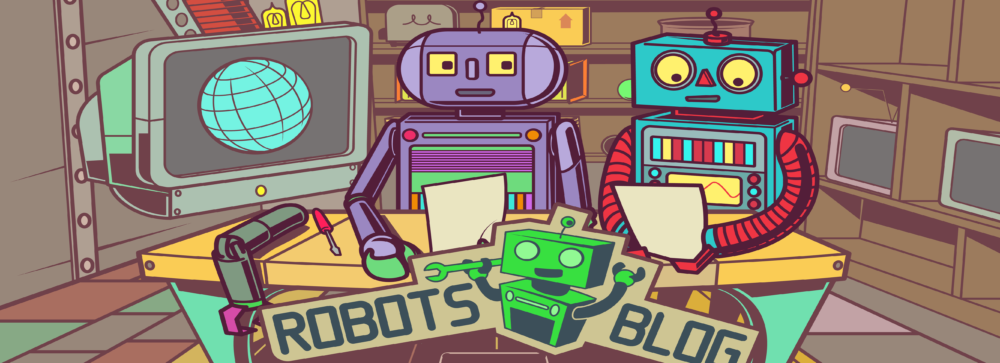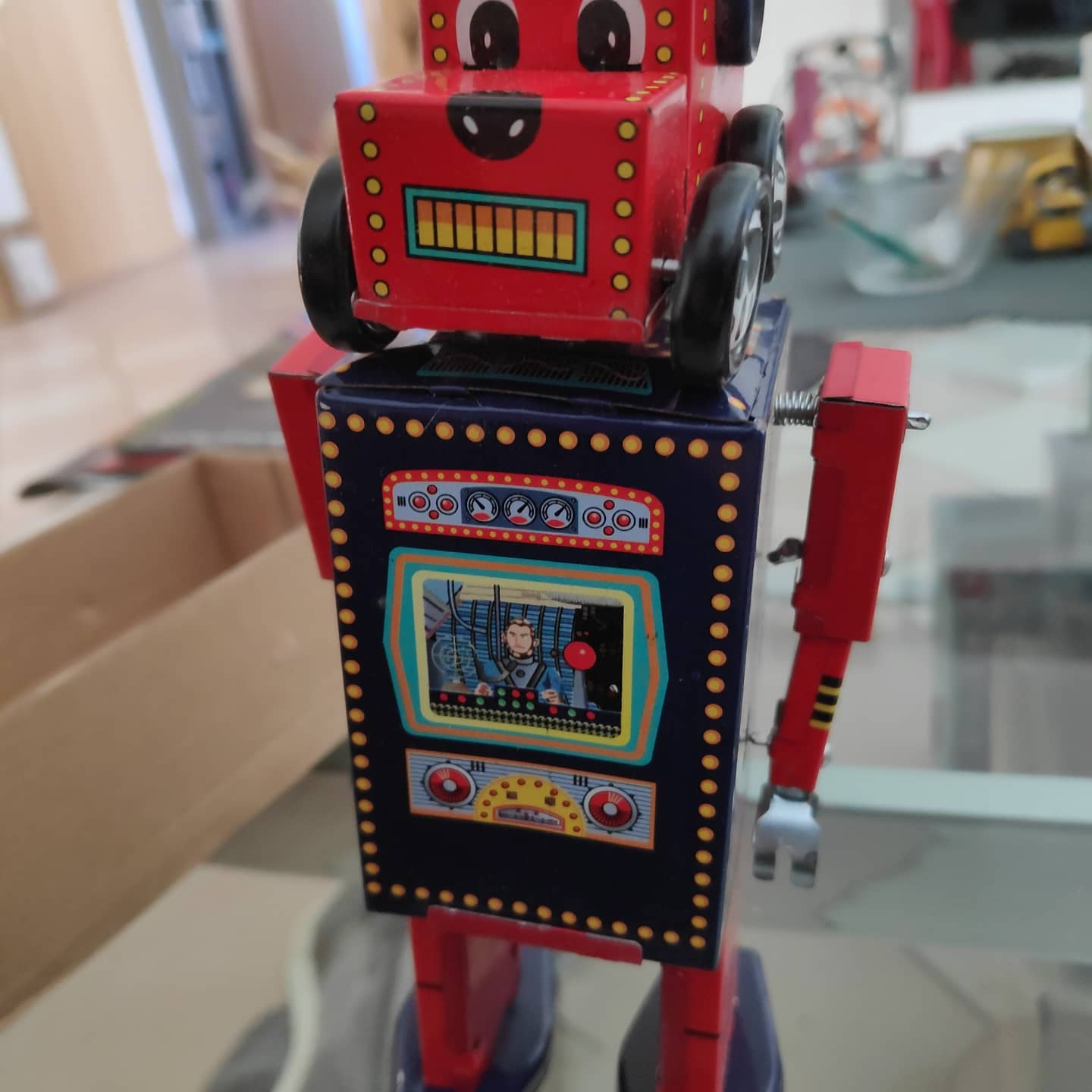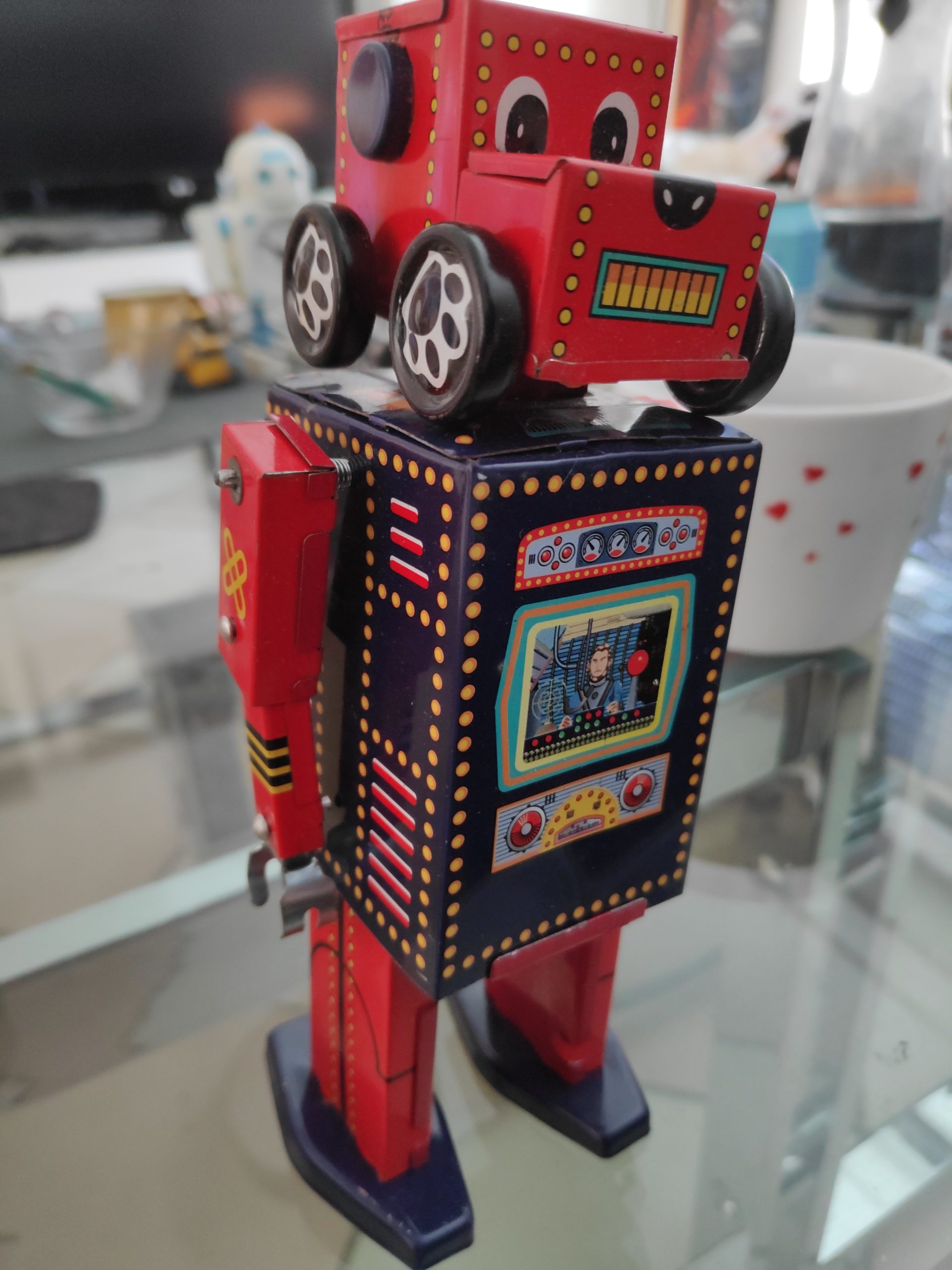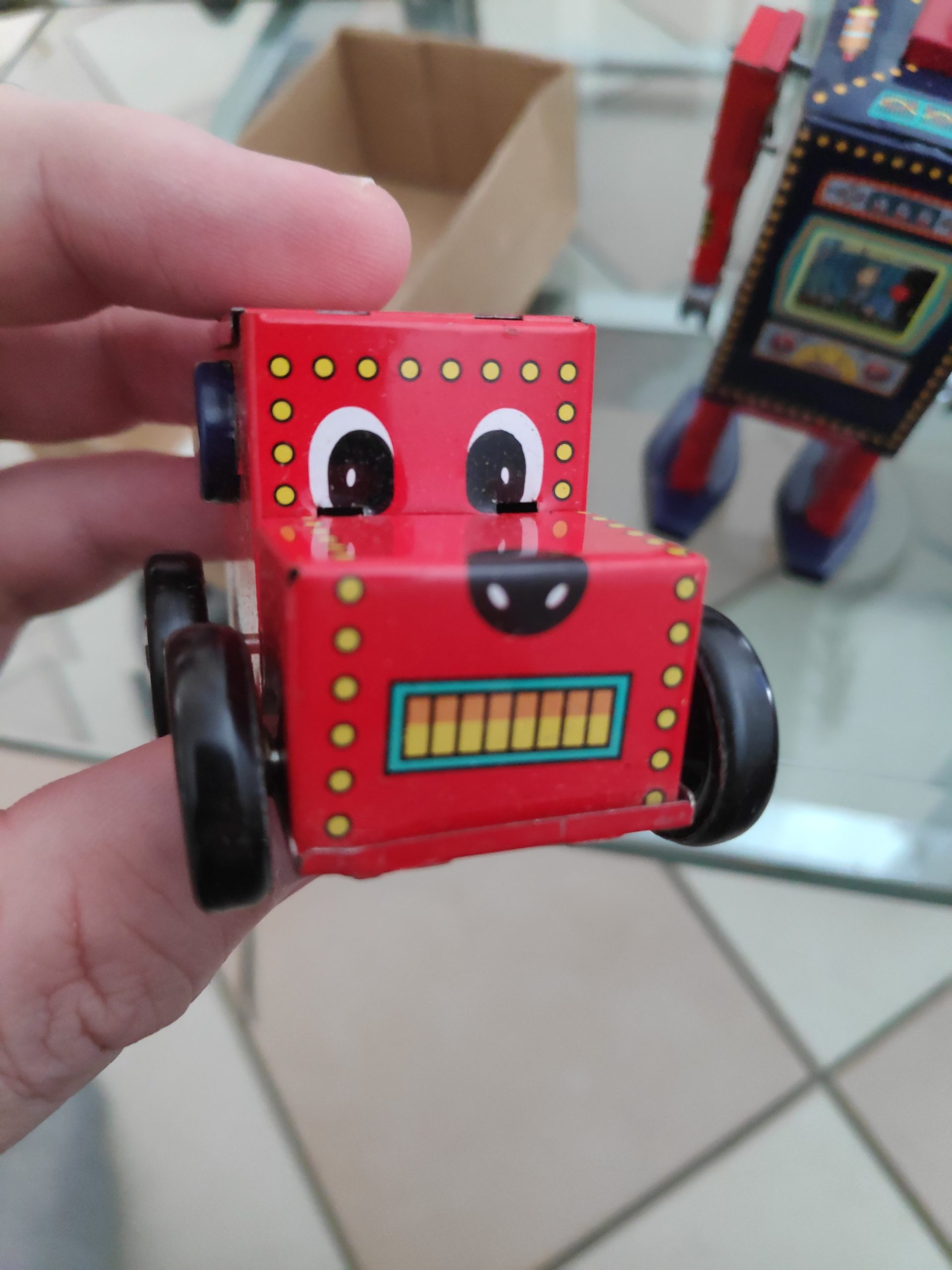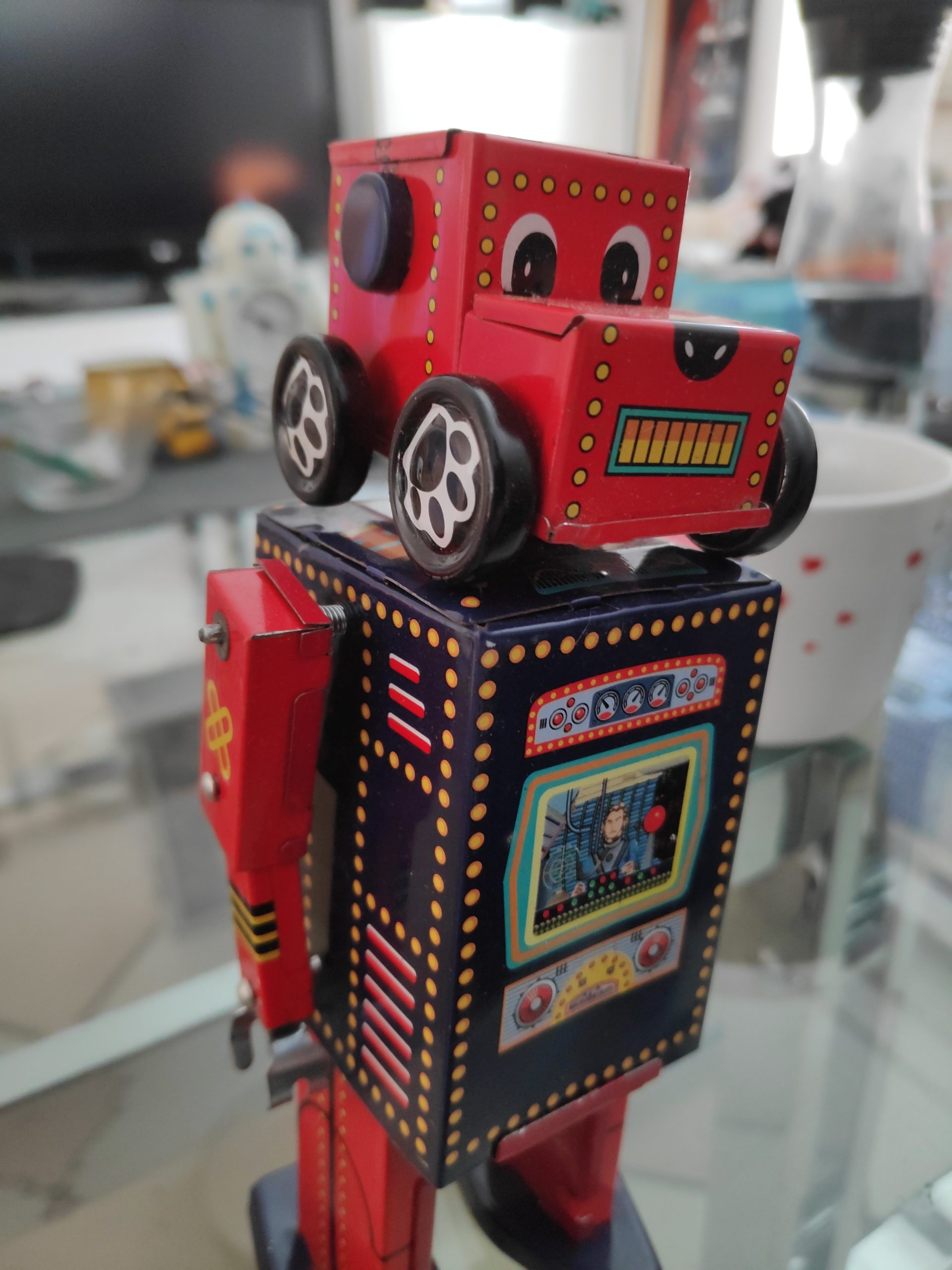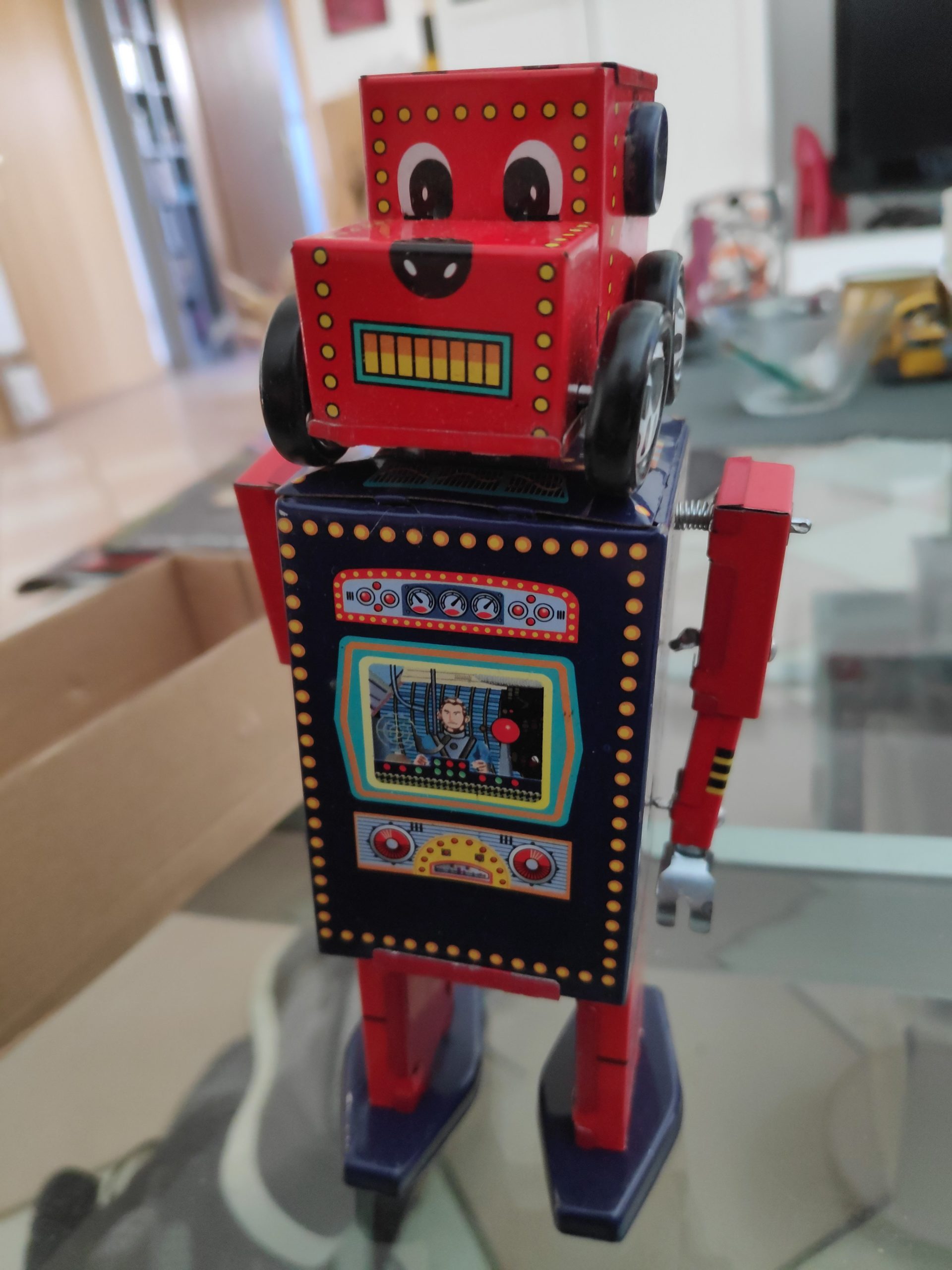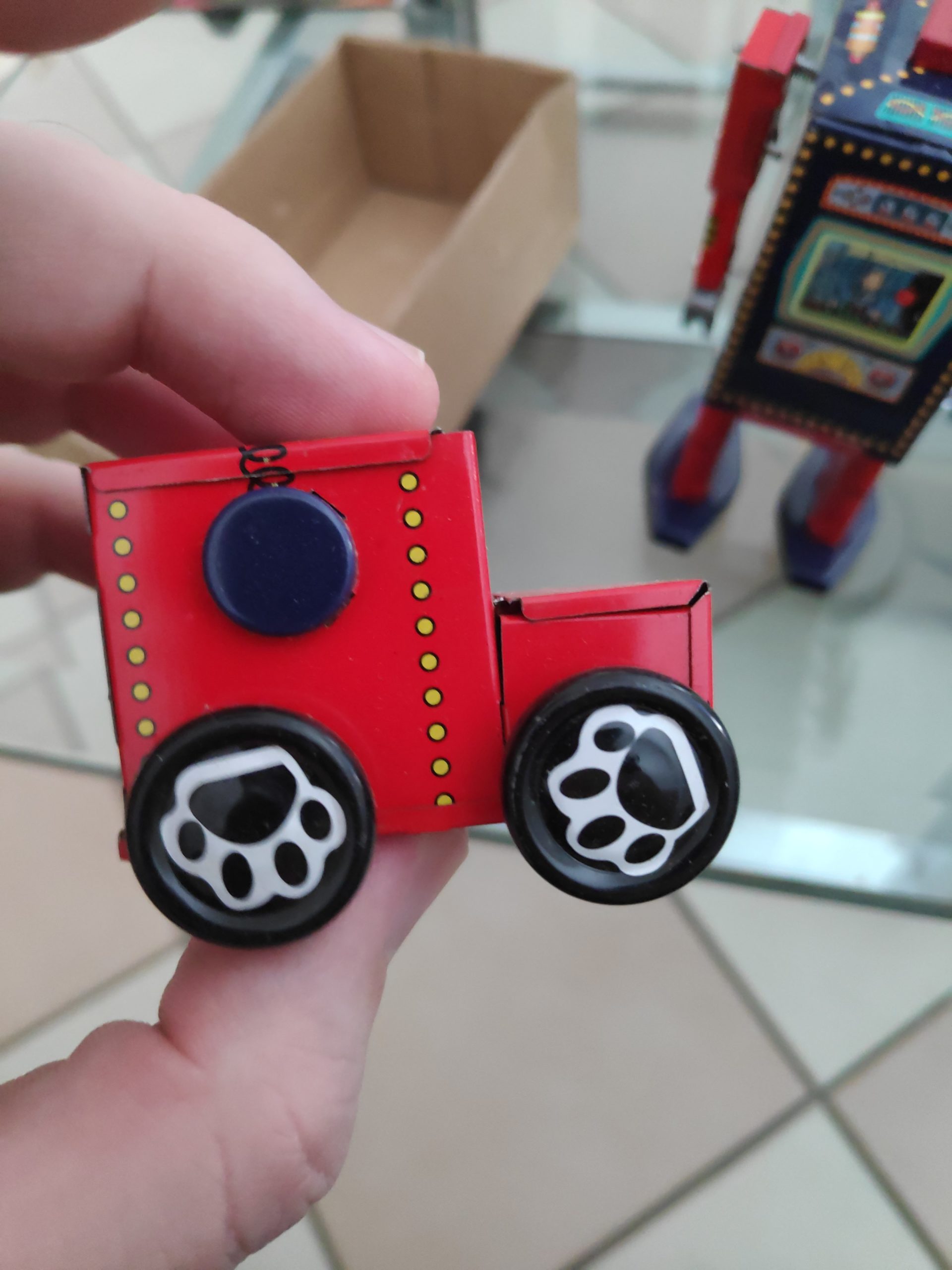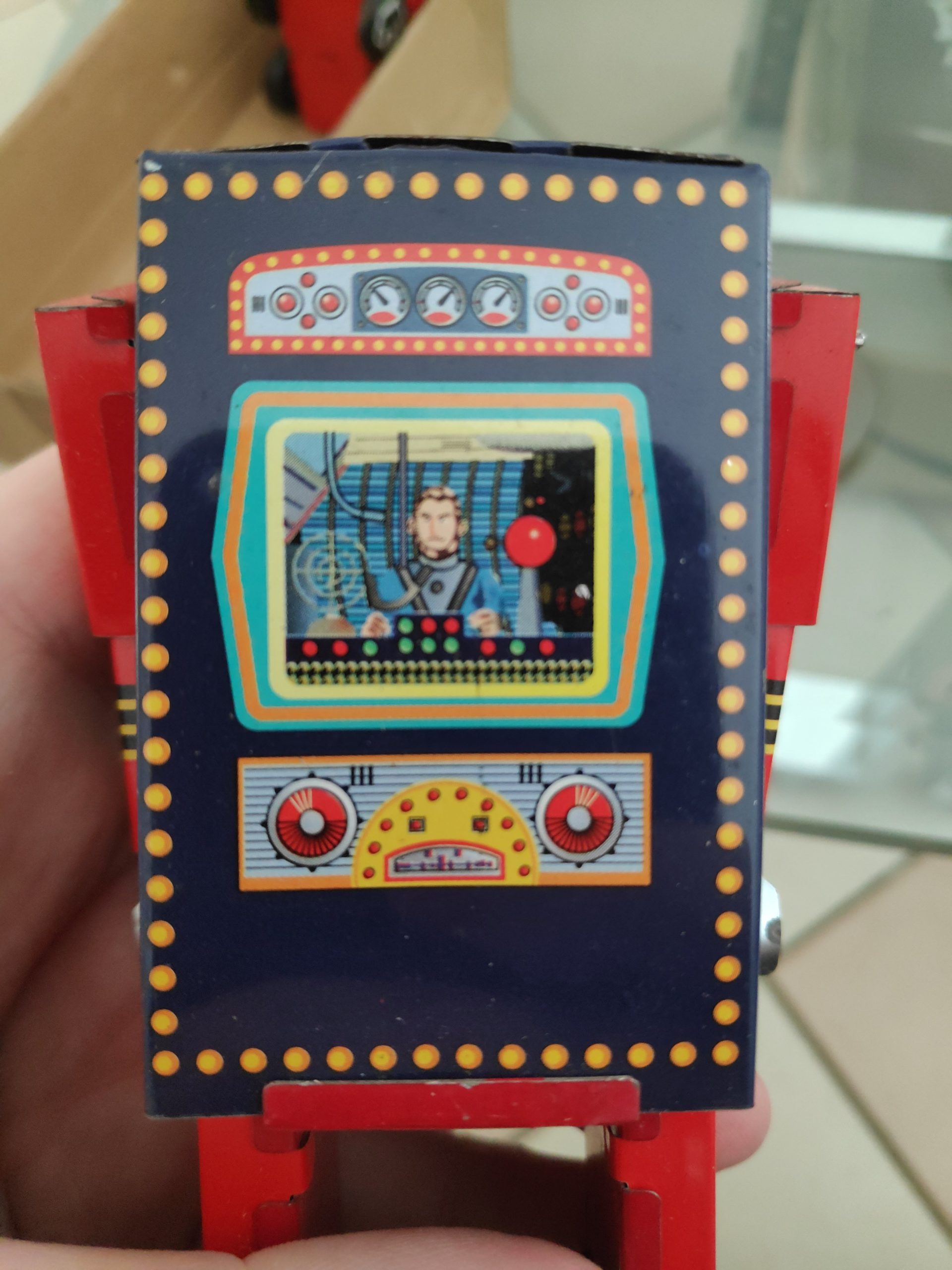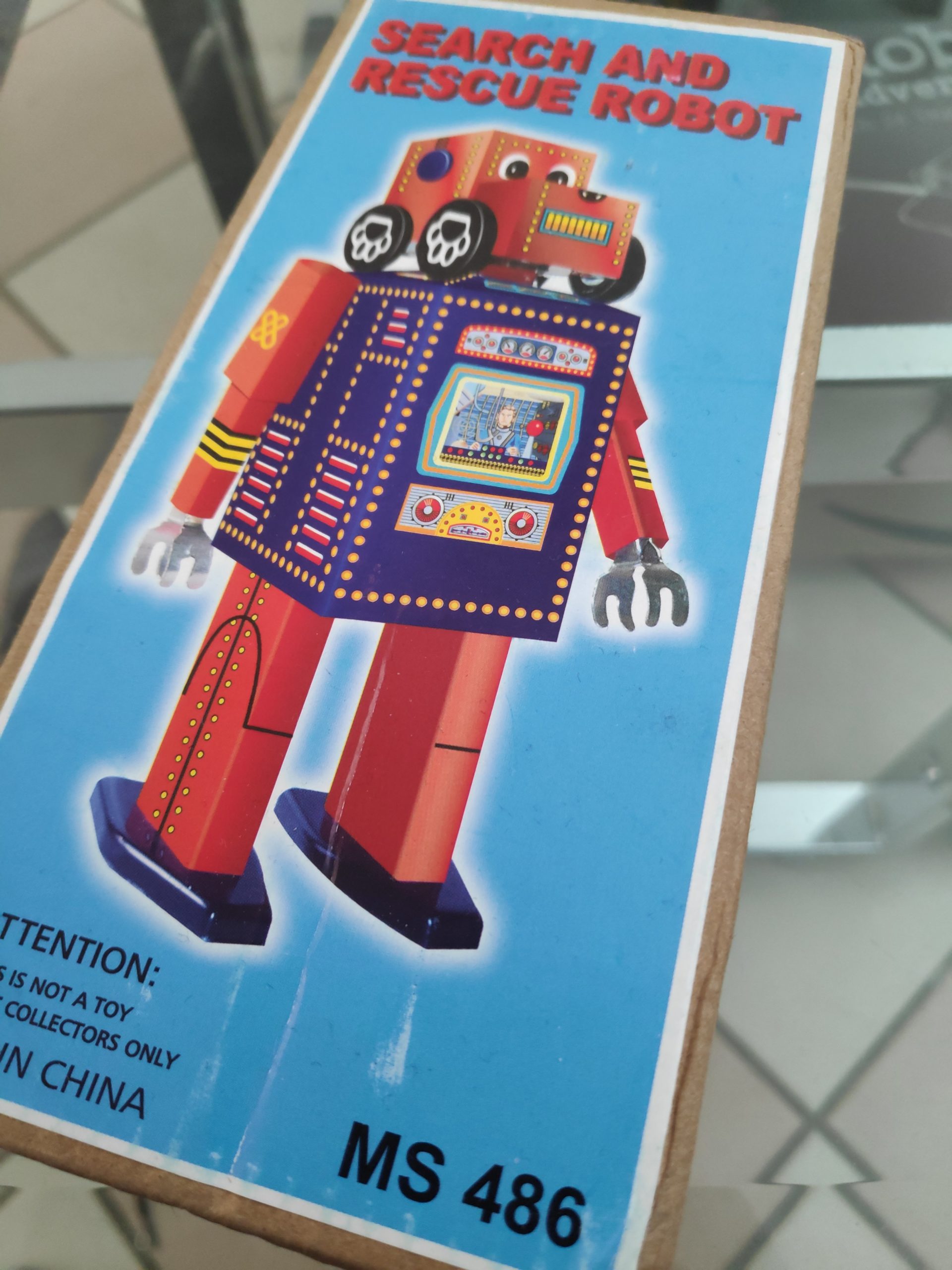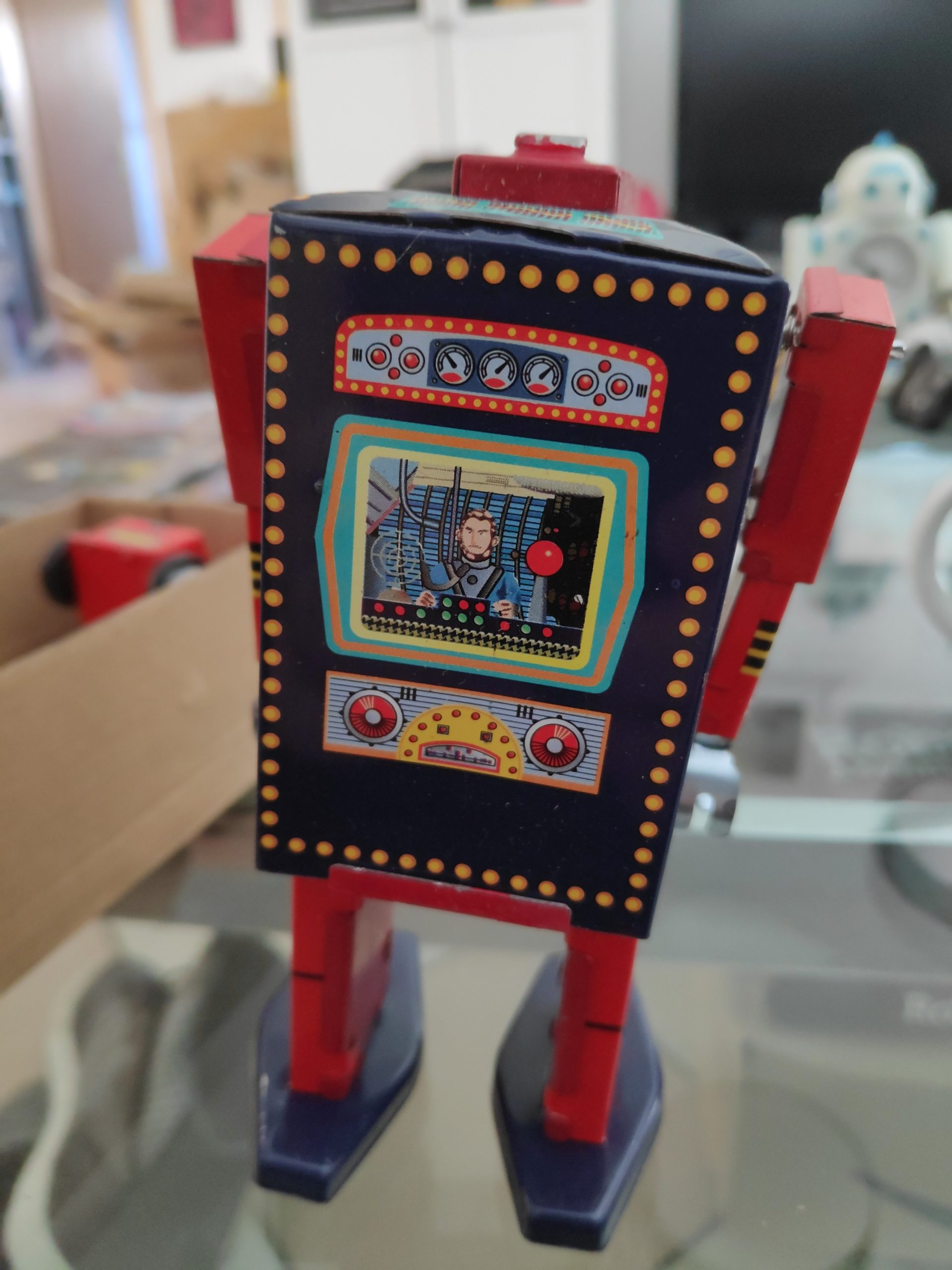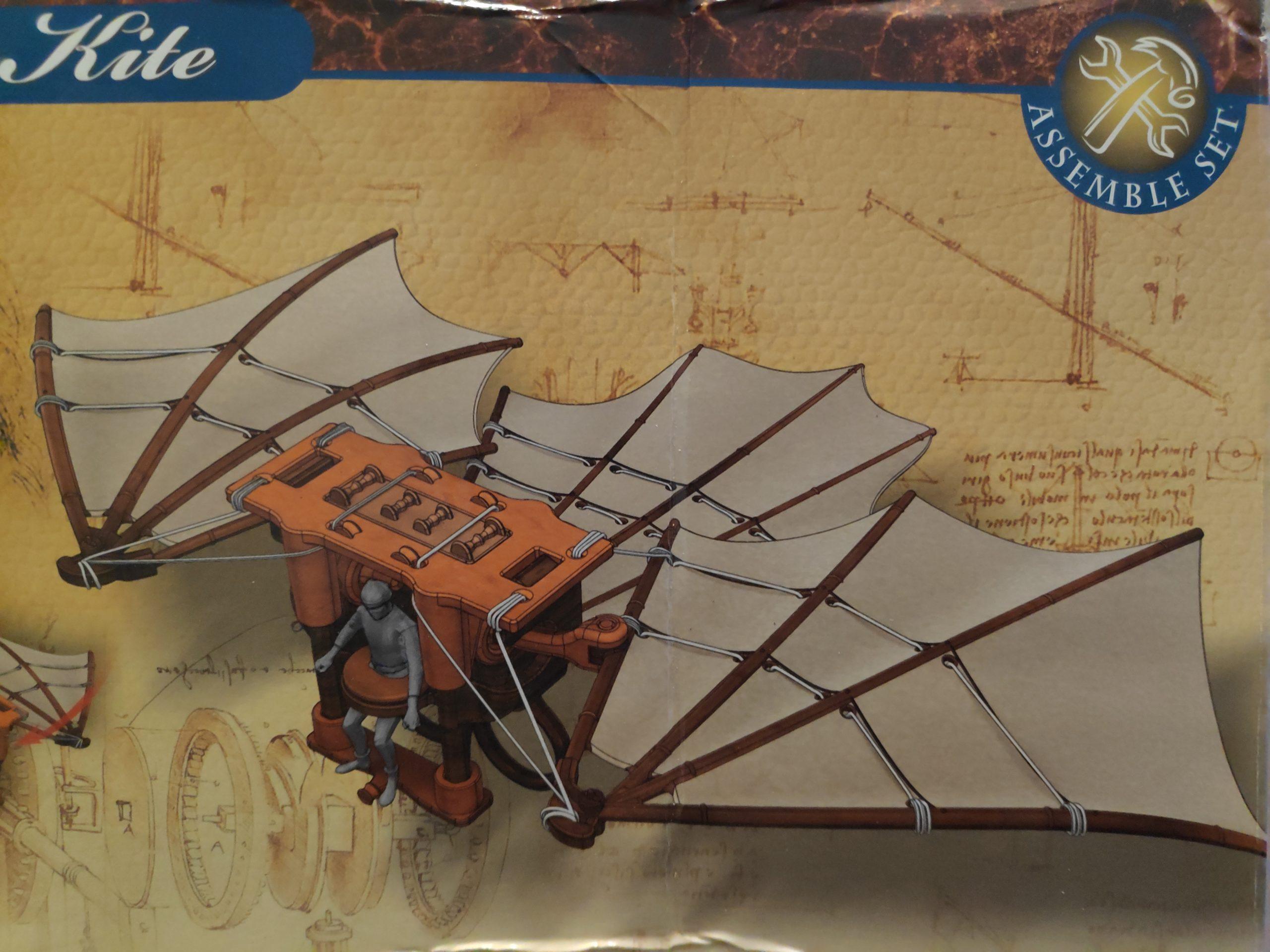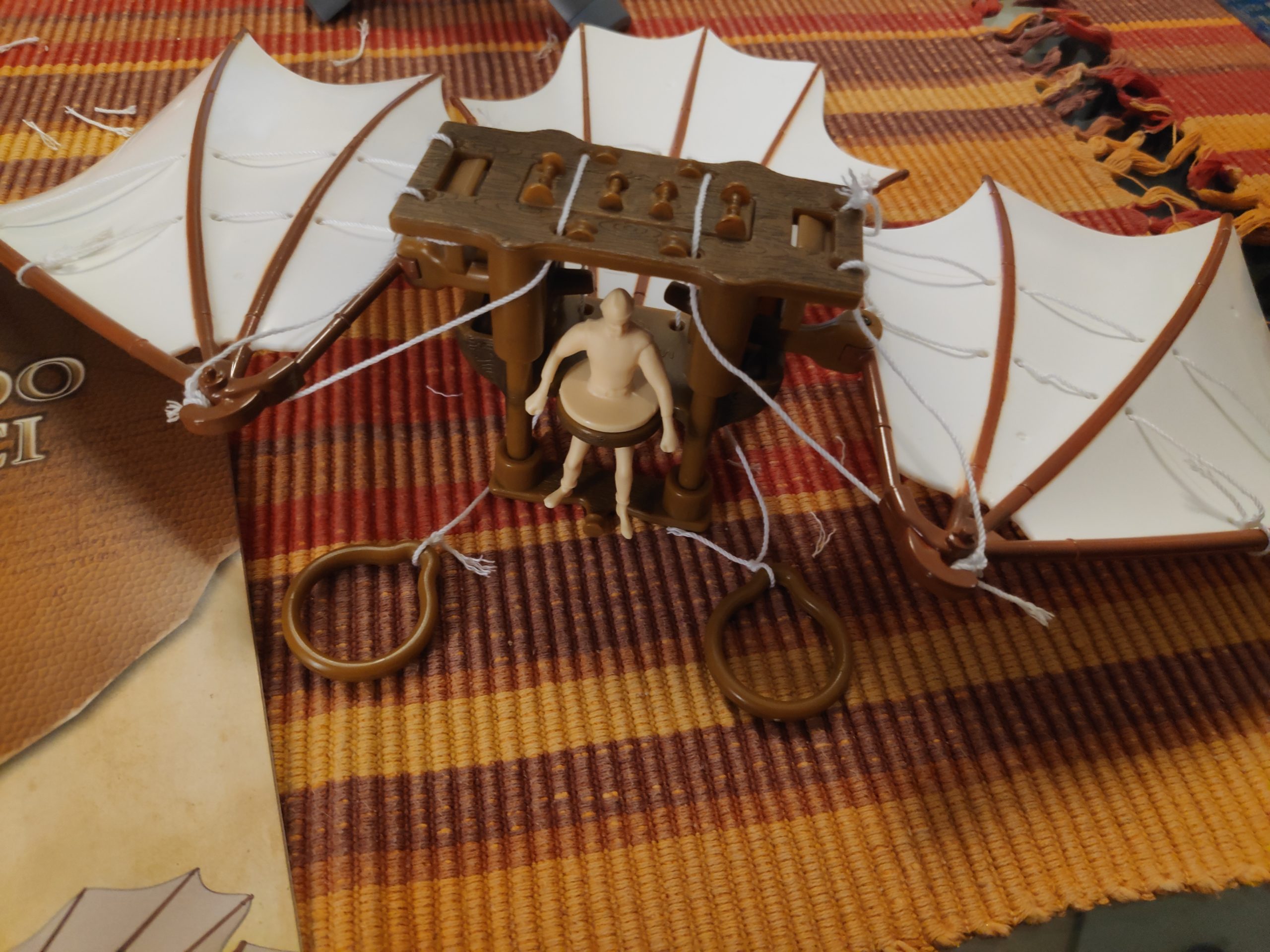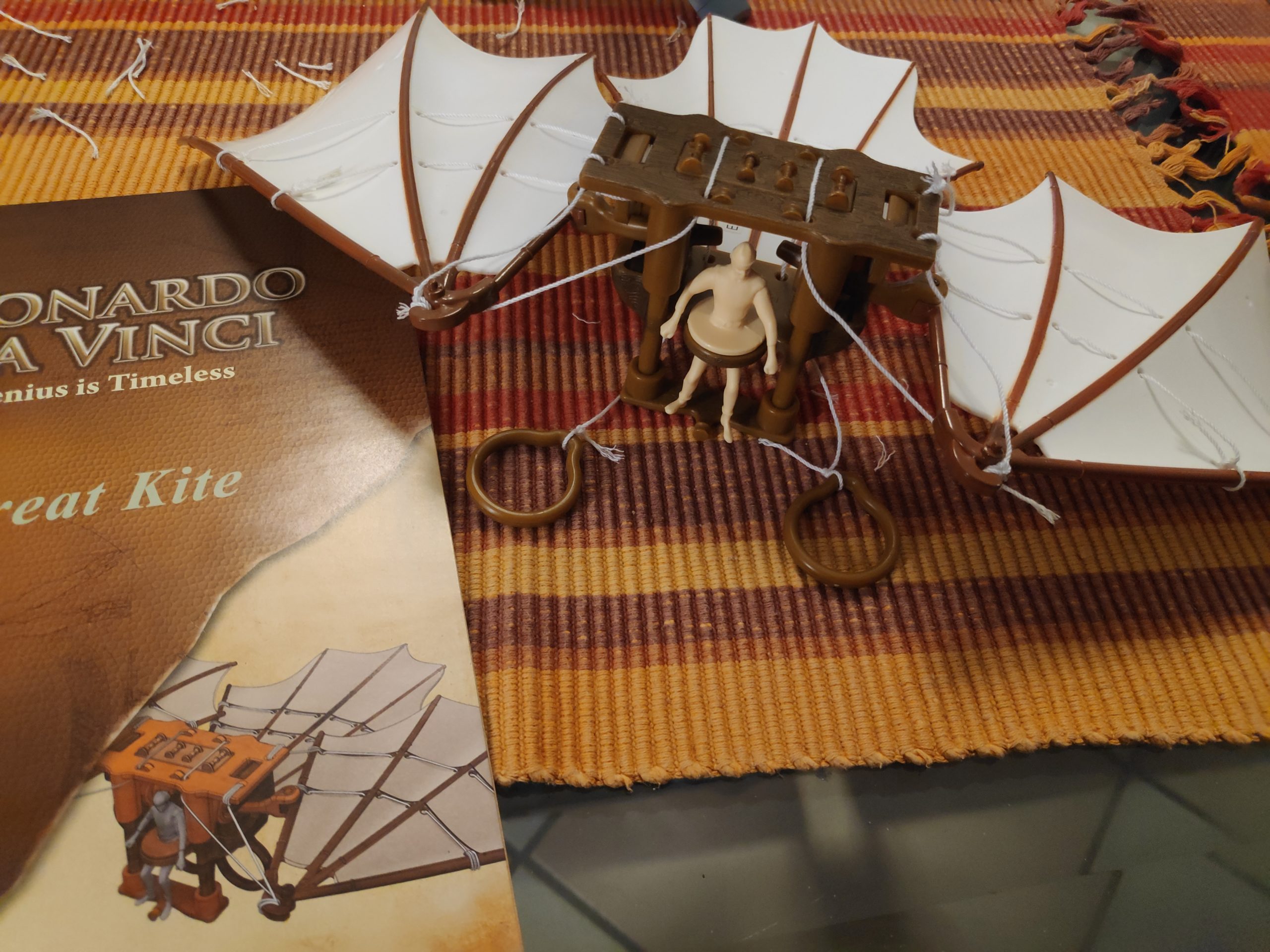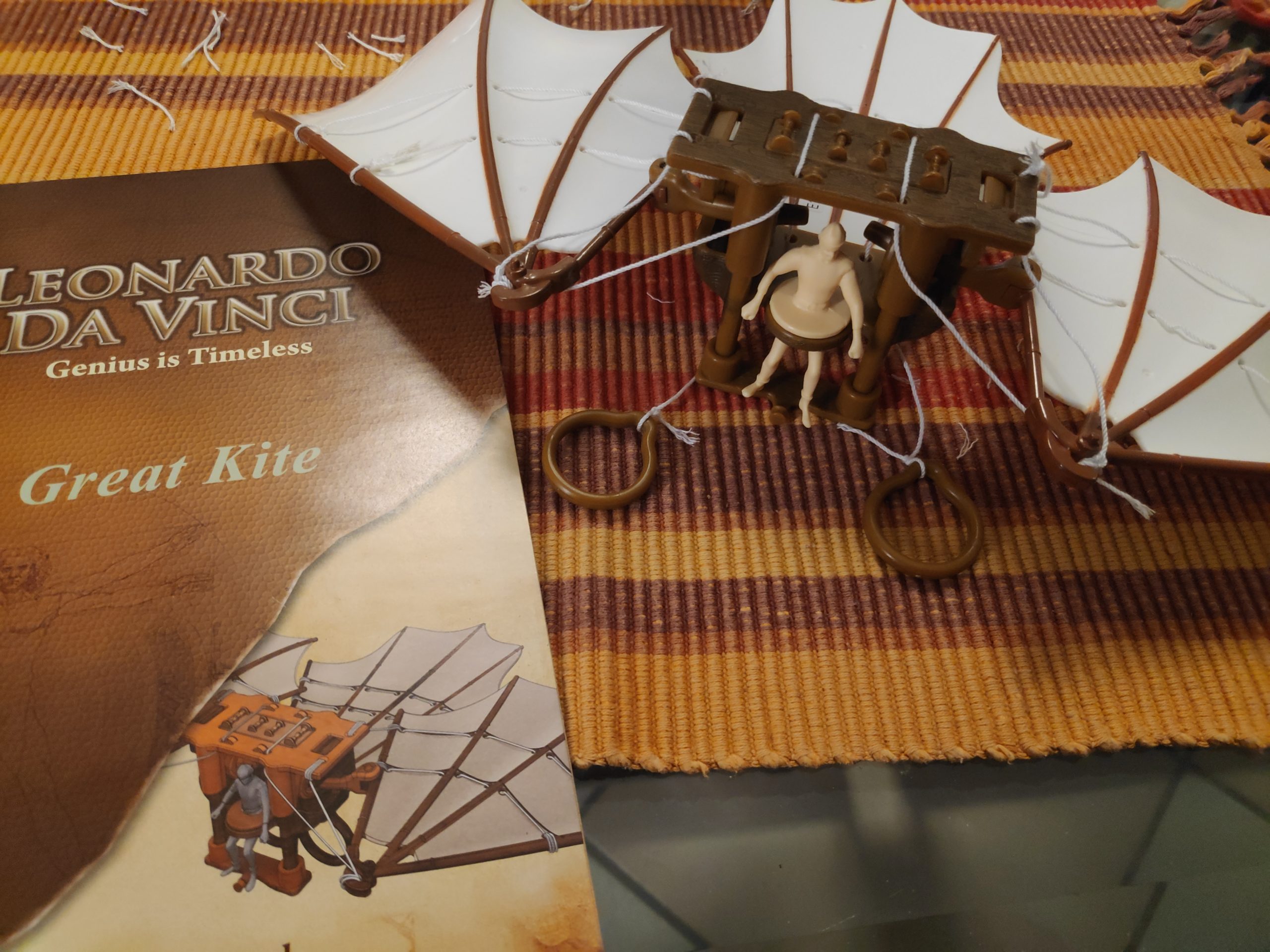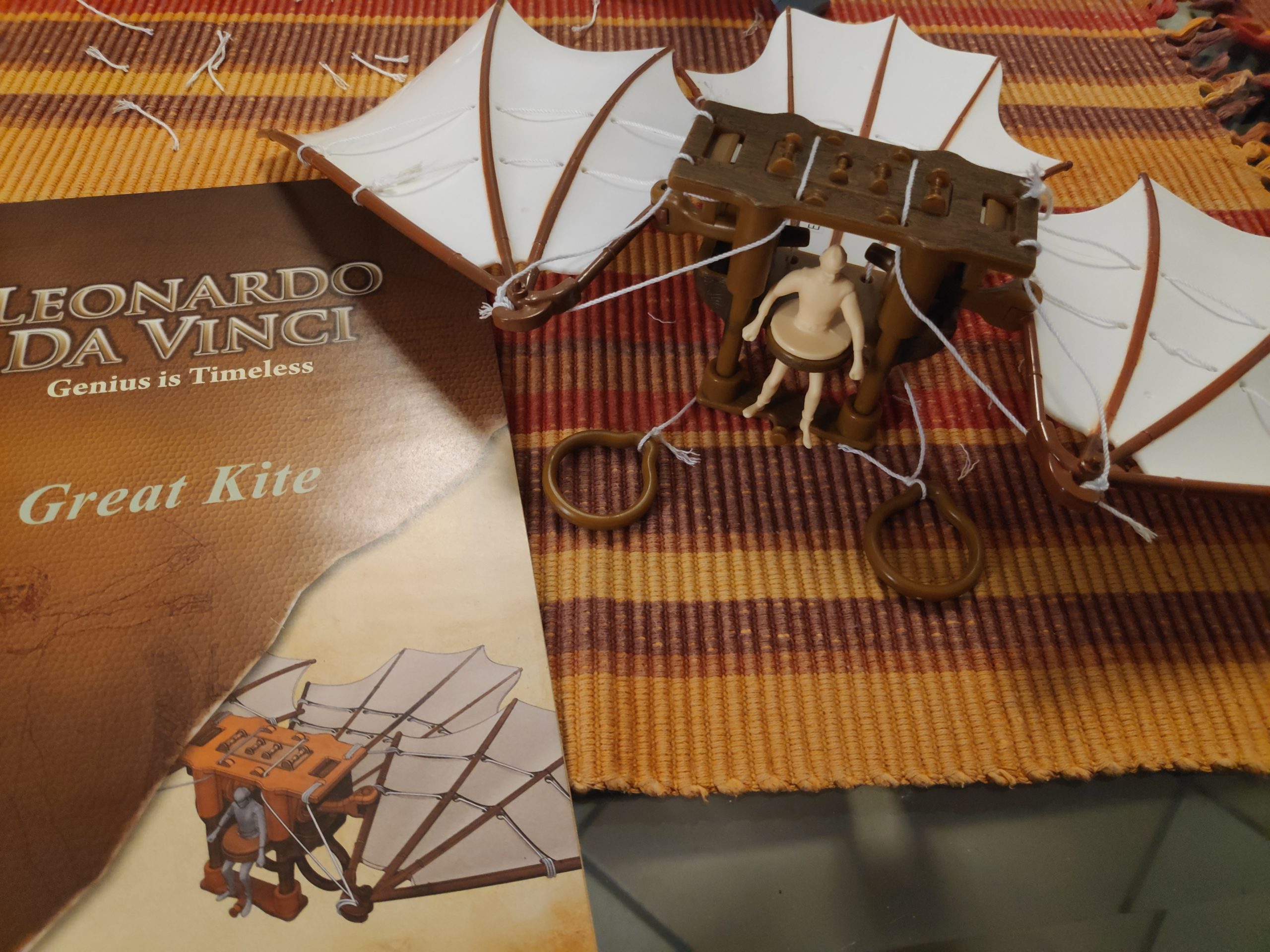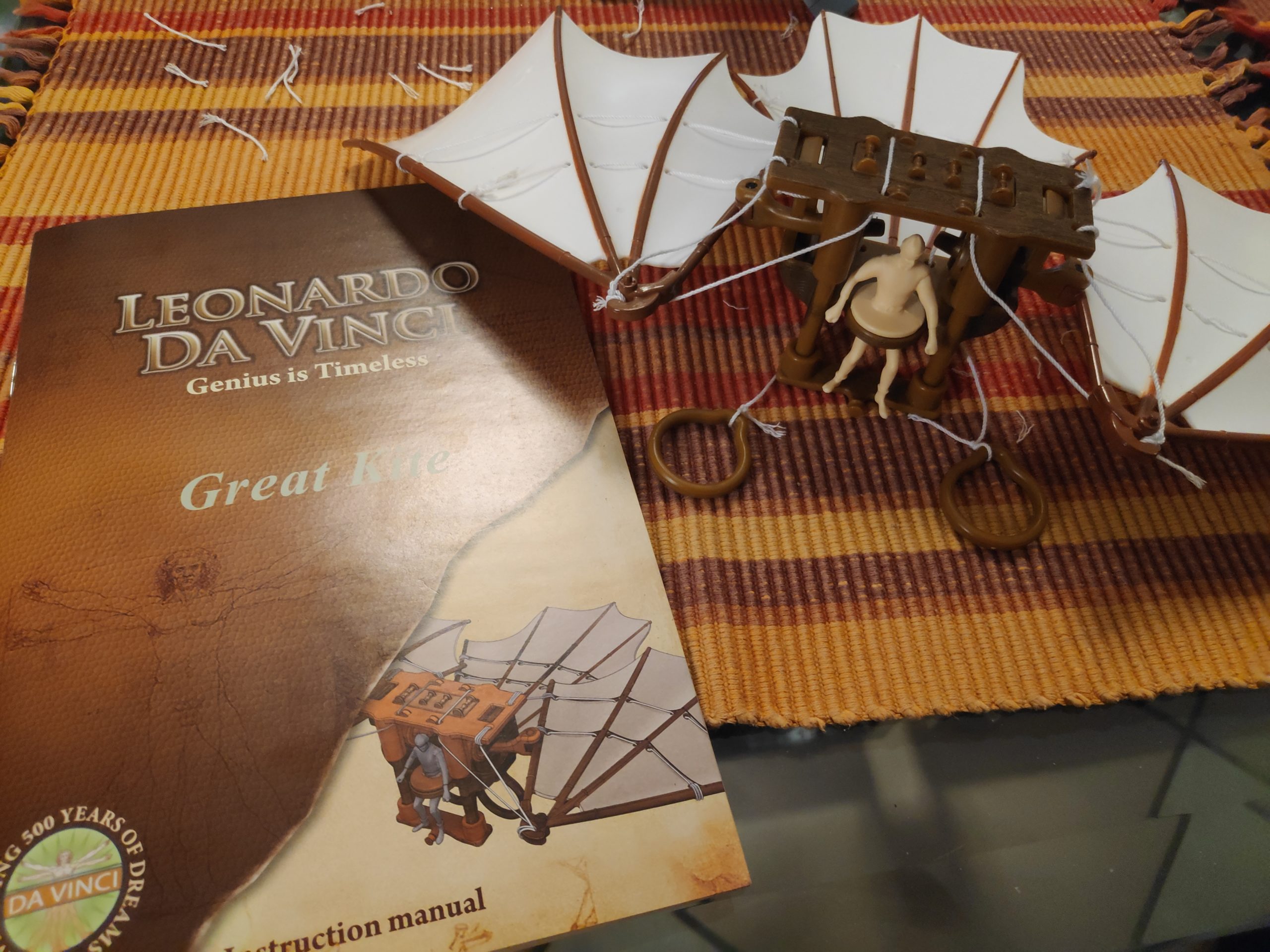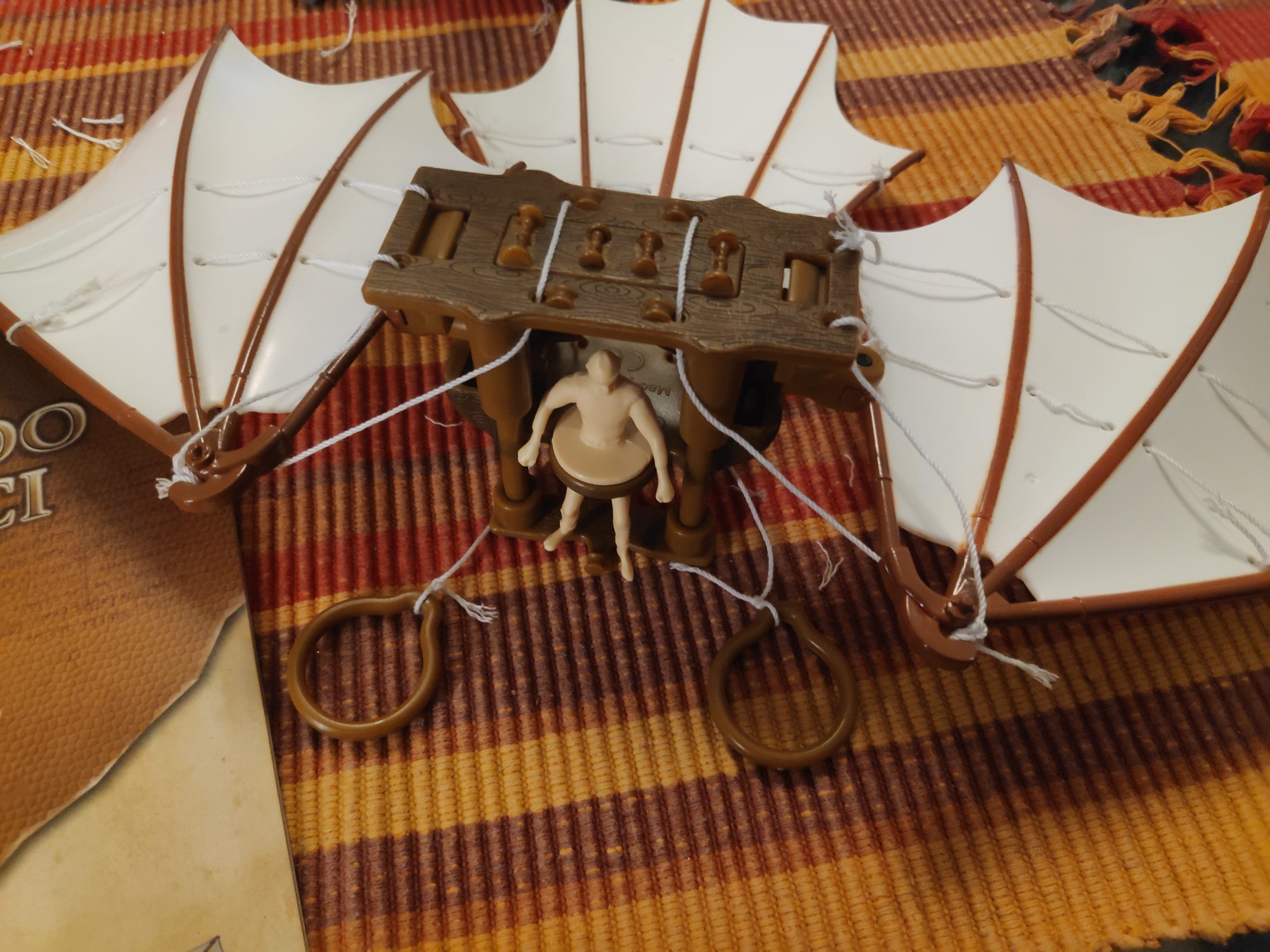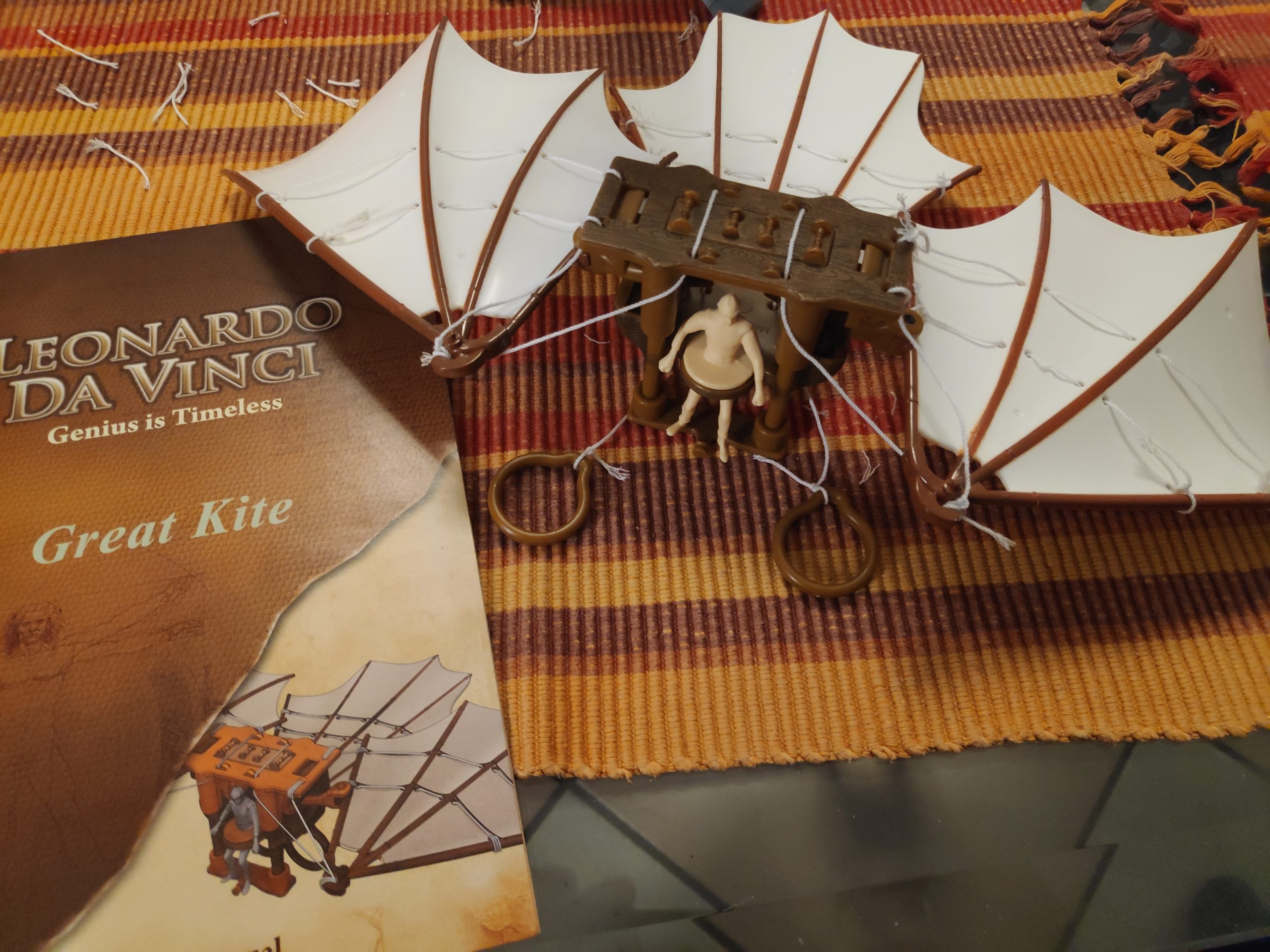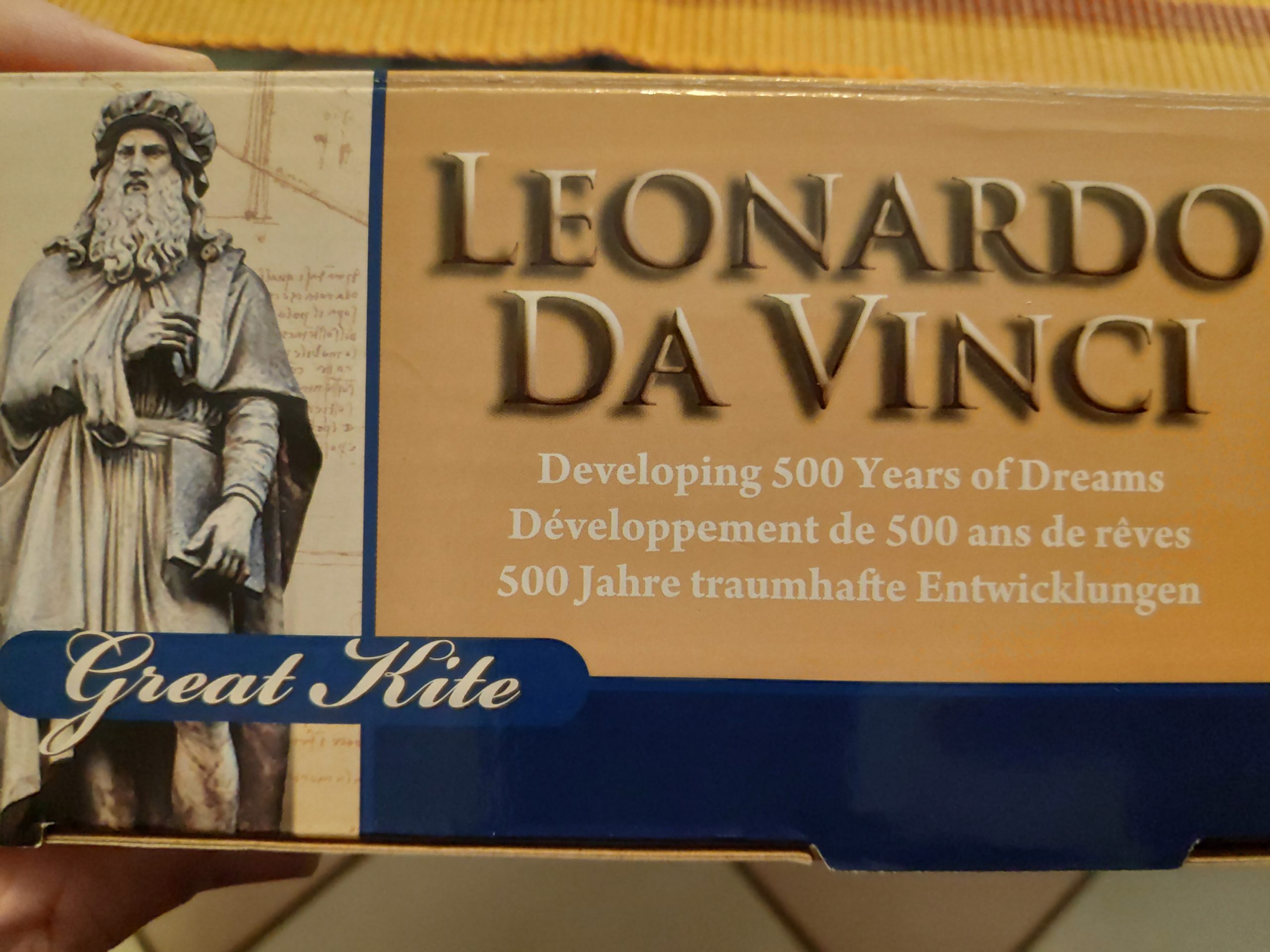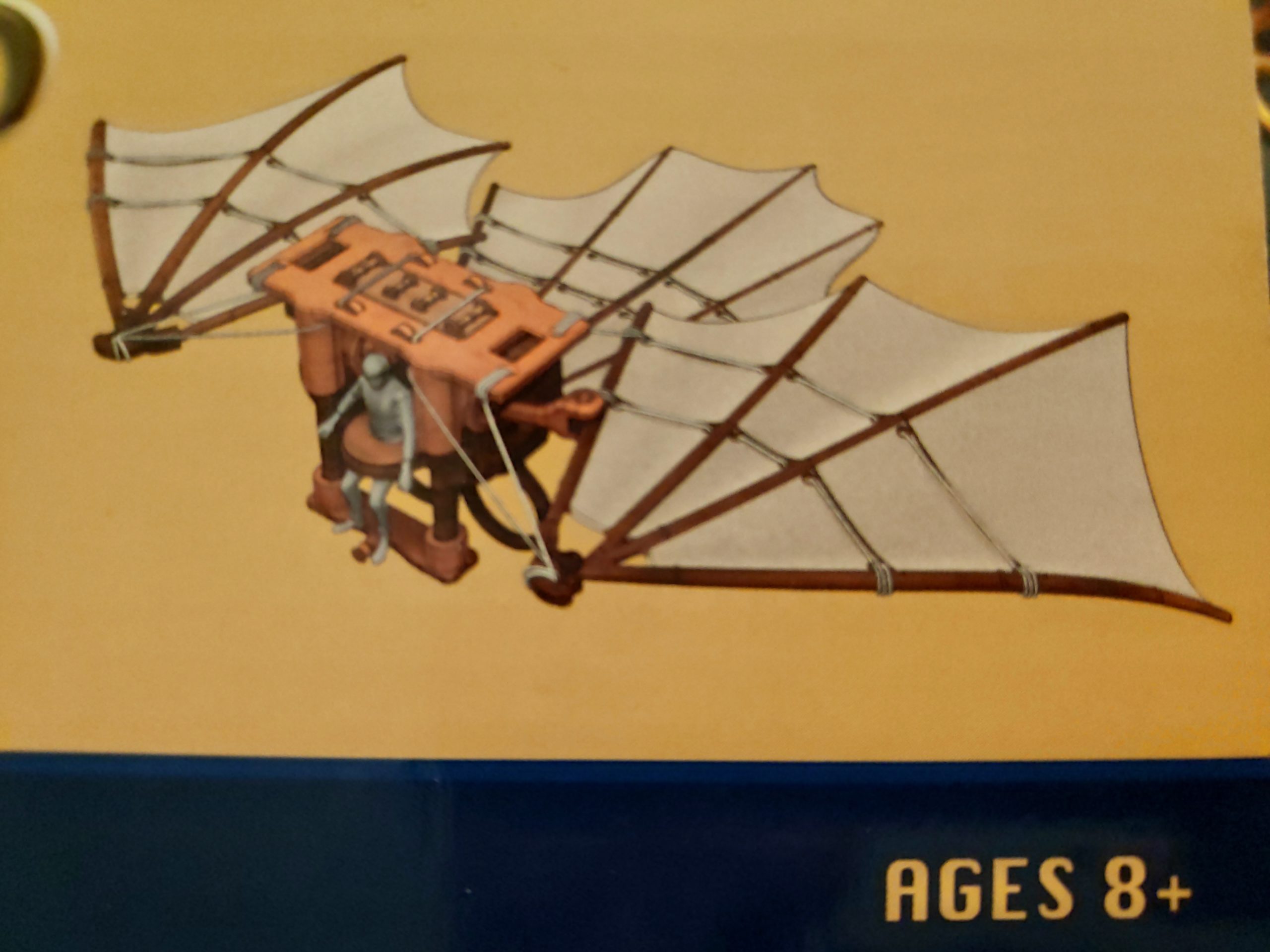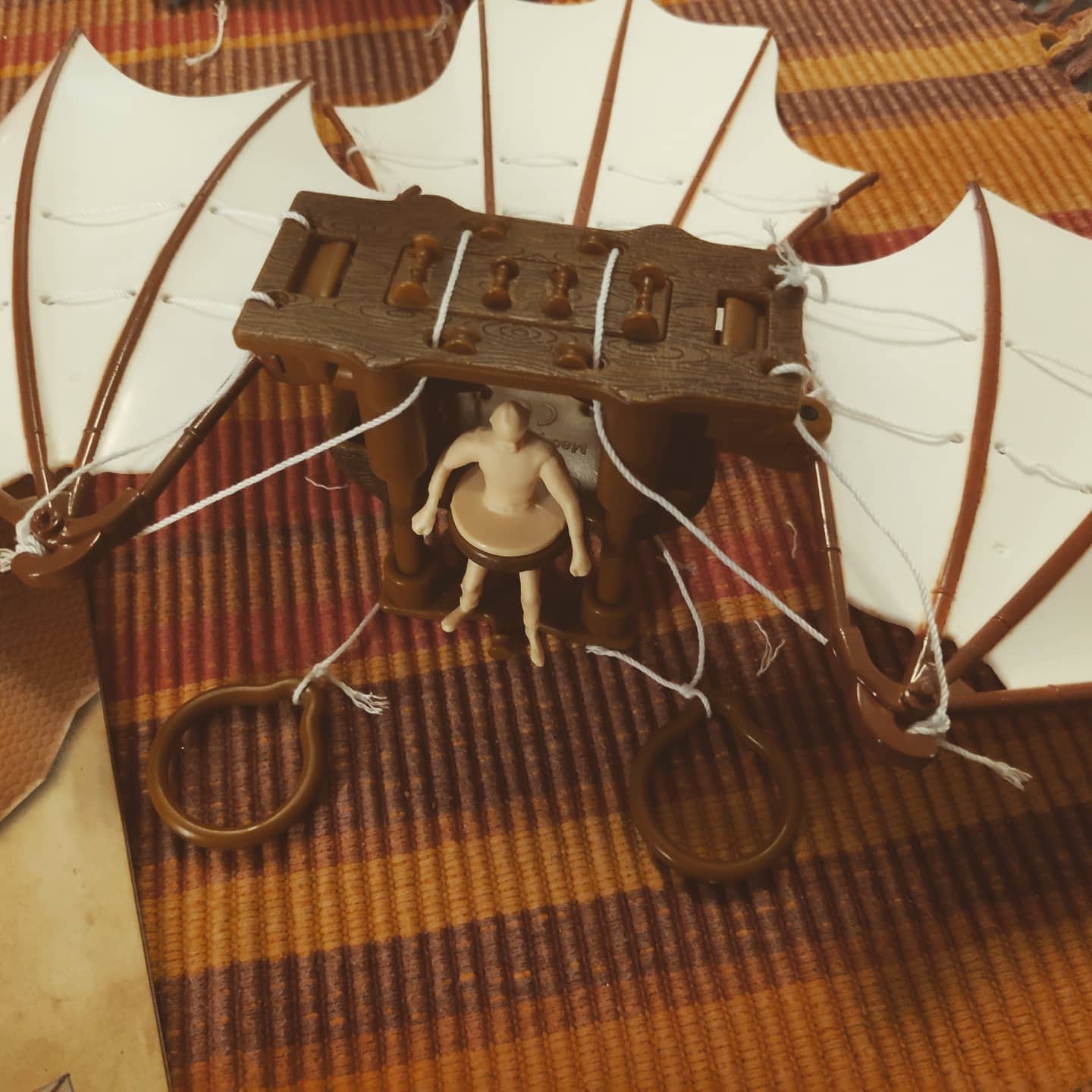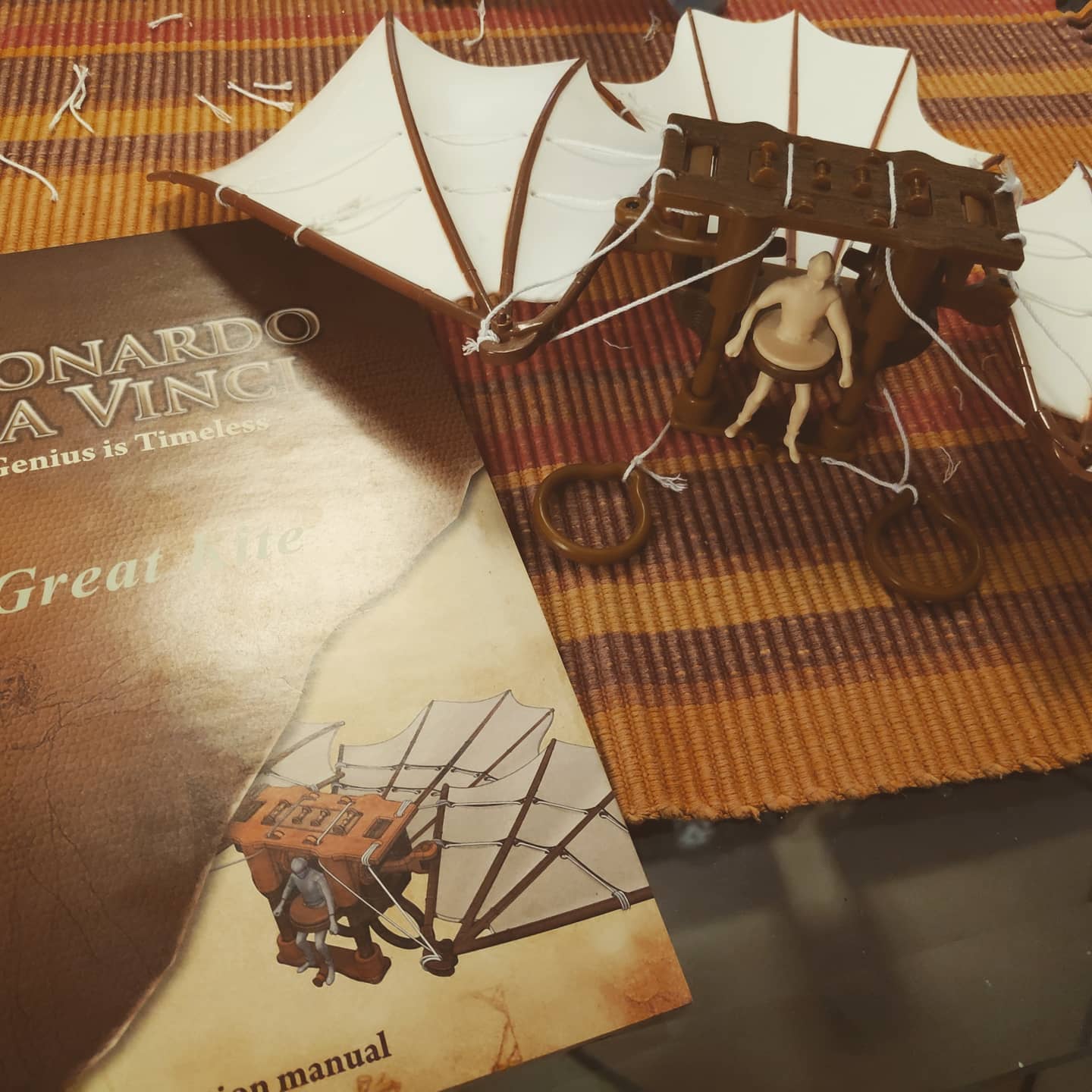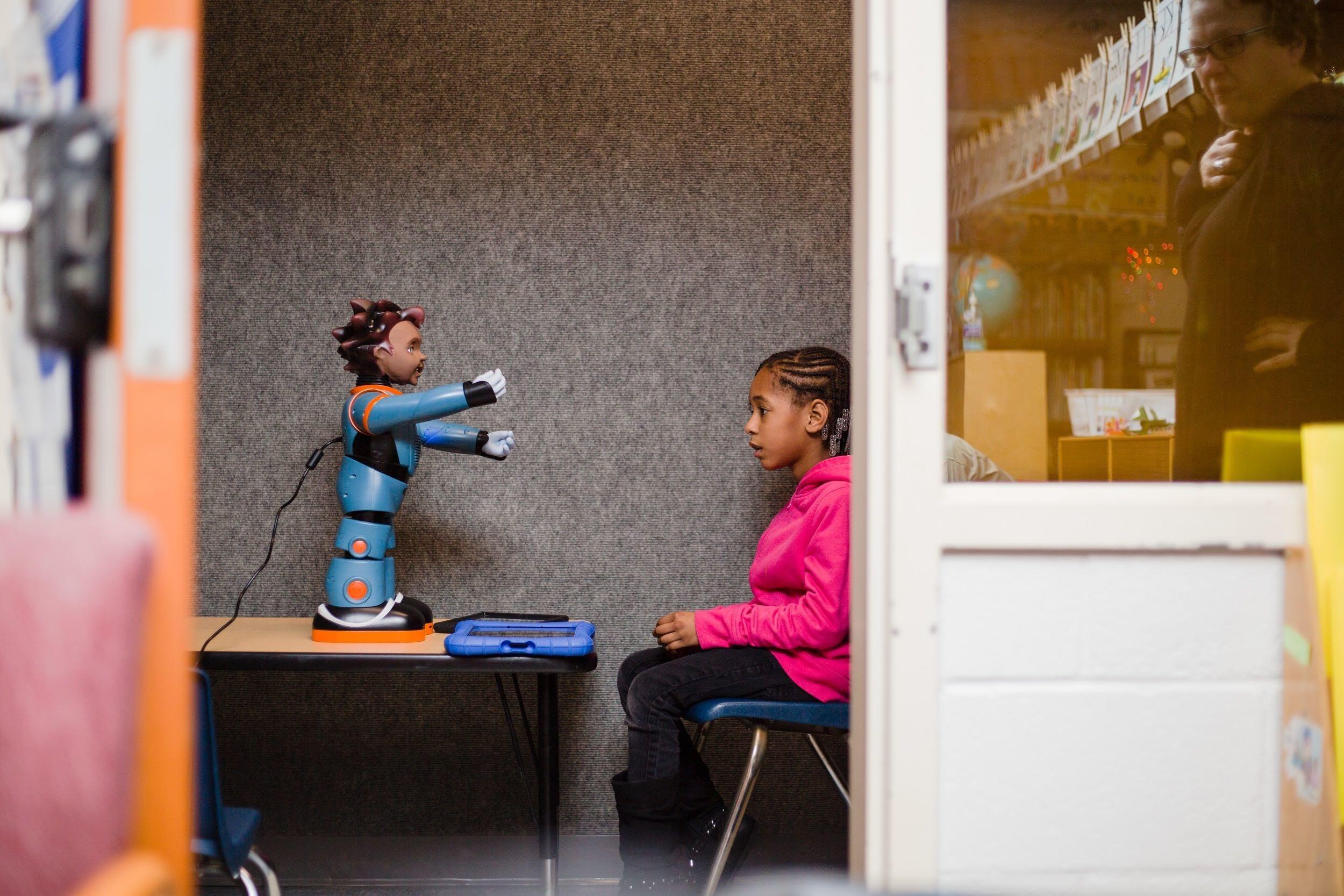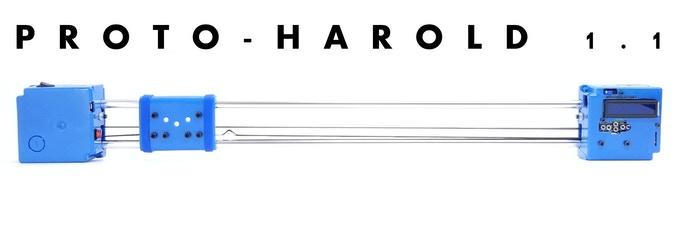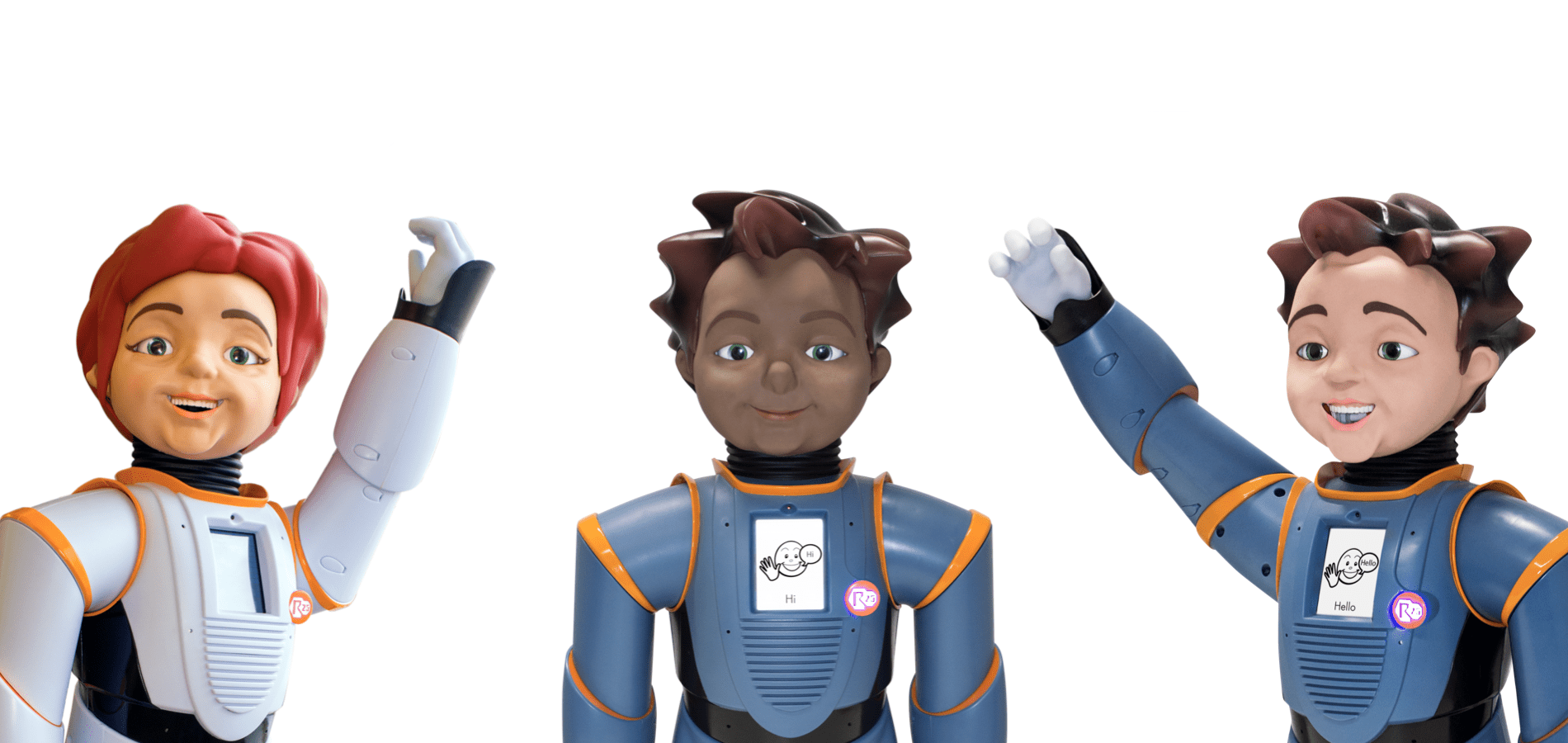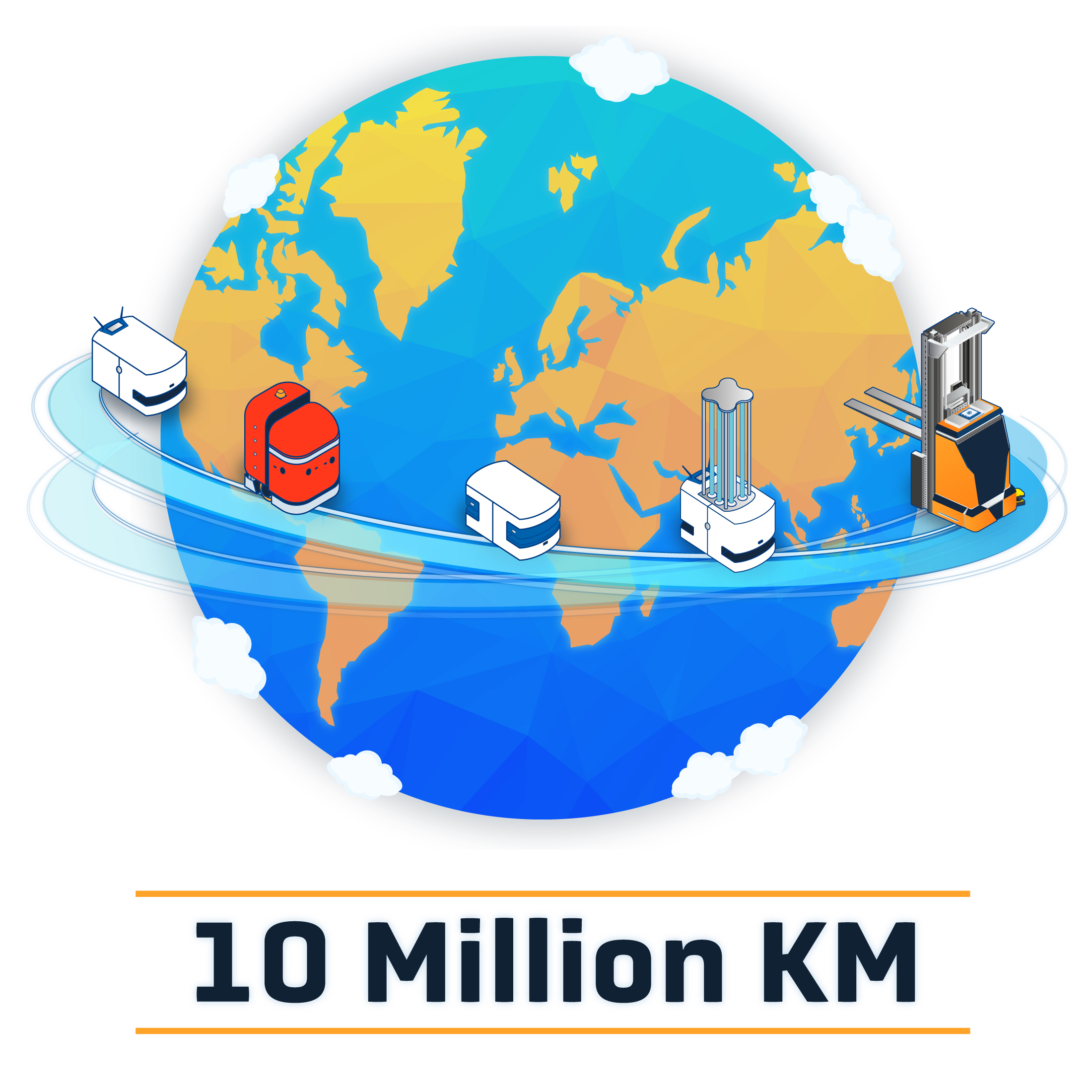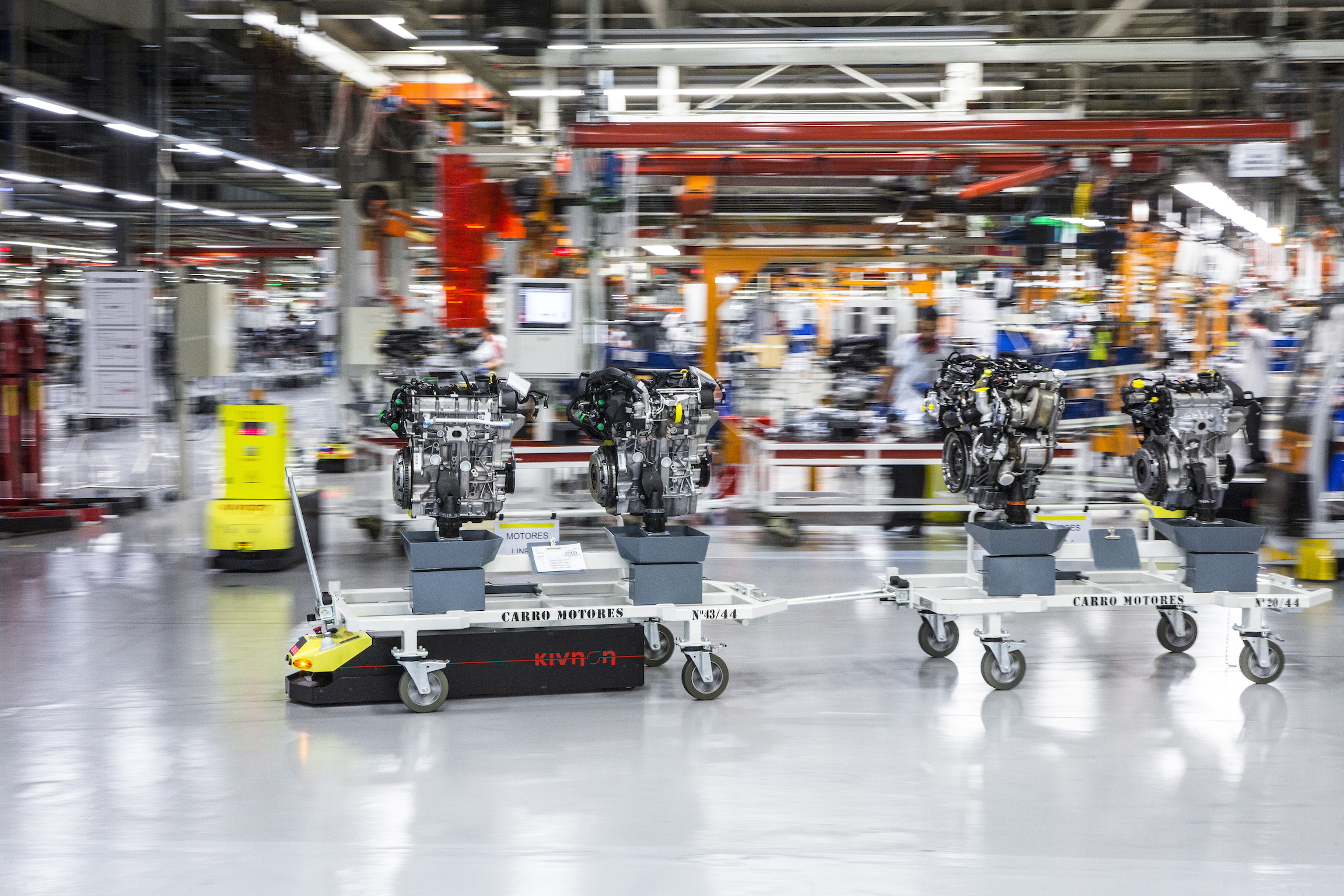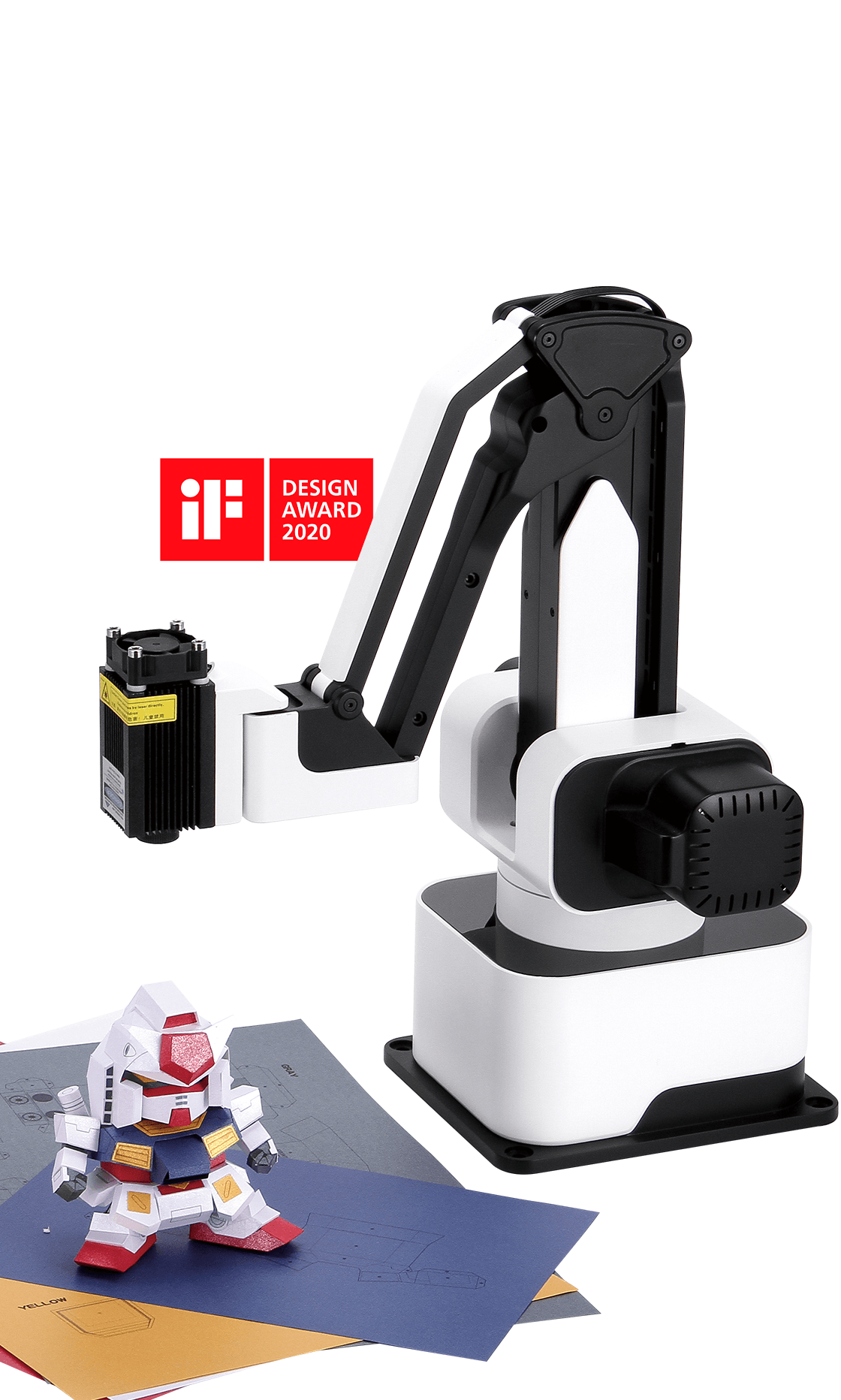
München/Shenzen – Rotrics gibt die Markteinführung seines neuen multifunktionalen Roboter-Arms DexArm bekannt. Der Roboter-Arm ist modular aufgebaut und verfügt über eine enorme Vielseitigkeit. Der DexArm verfügt über verschiedene Aufsätze und macht es Herstellern dadurch so einfach wie möglich, Gegenstände zu bemalen und zu beschriften, 3DDrucke anzufertigen und als optionales Feature Produkte mit Laser-Gravuren zu versehen. Die Aufsätze lassen sich schnell und einfach mit nur einem Handgriff austauschen.
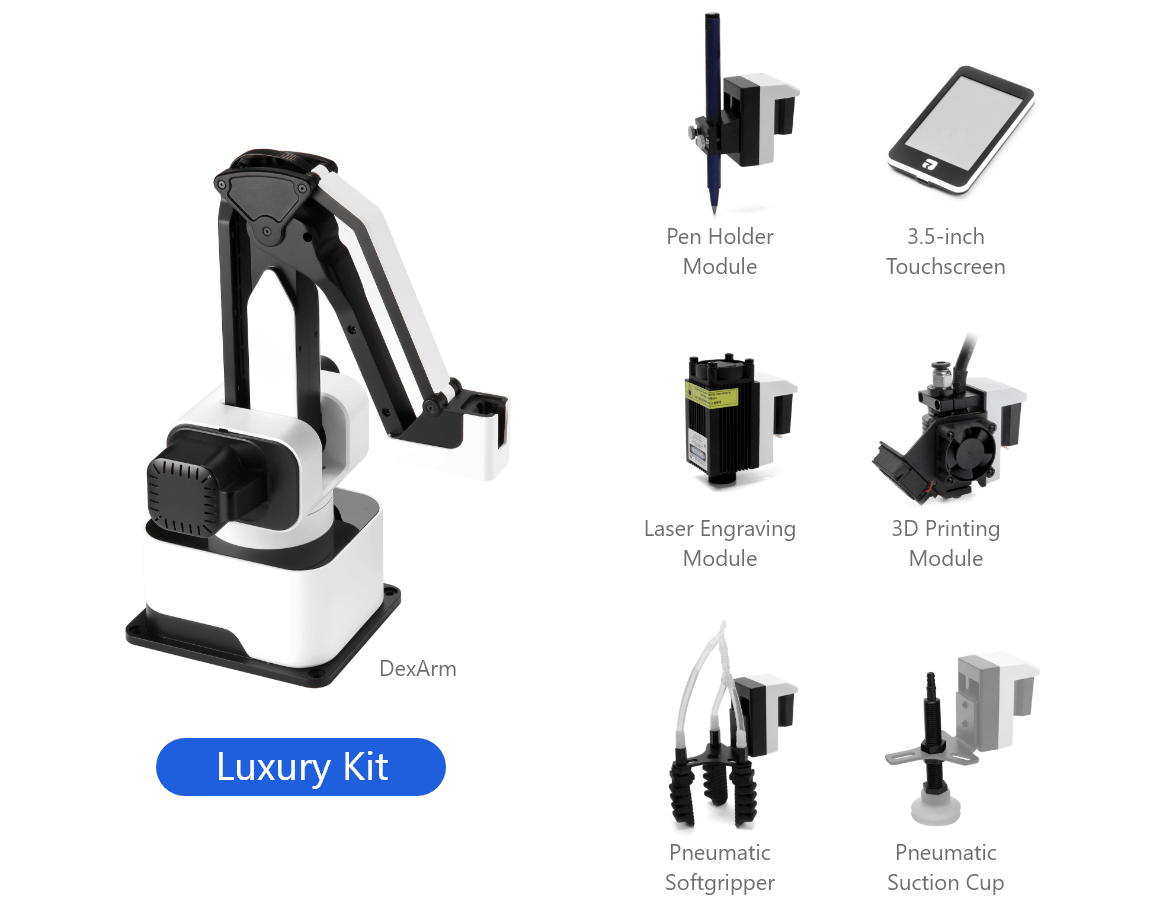
Der DexArm verfügt über eine hohe Wiederholgenauigkeit von 0,05 mm, eine hohe Geschwindigkeit von bis zu 300 mm/s sowie eine Nutzlastkapazität von bis zu 500 G. Der Roboter-Arm lässt sich über vielseitige Module erweitern, darunter ein Stifthalter, ein Saugnapf, ein Soft-Greifer, ein 3D-Drucker sowie optional ein Lasergravurgerät. Um die Sicherheit der Benutzer zu gewährleisten, ist für die LaserGravuren auch eine Schutzhülle für den DexArm erhältlich. Mithilfe der nutzerfreundlichen Software lassen sich Projekte aller Art – von der Beschriftung über Gravuren bis hin zum 3D-Druck, ganz einfach verwirklichen.
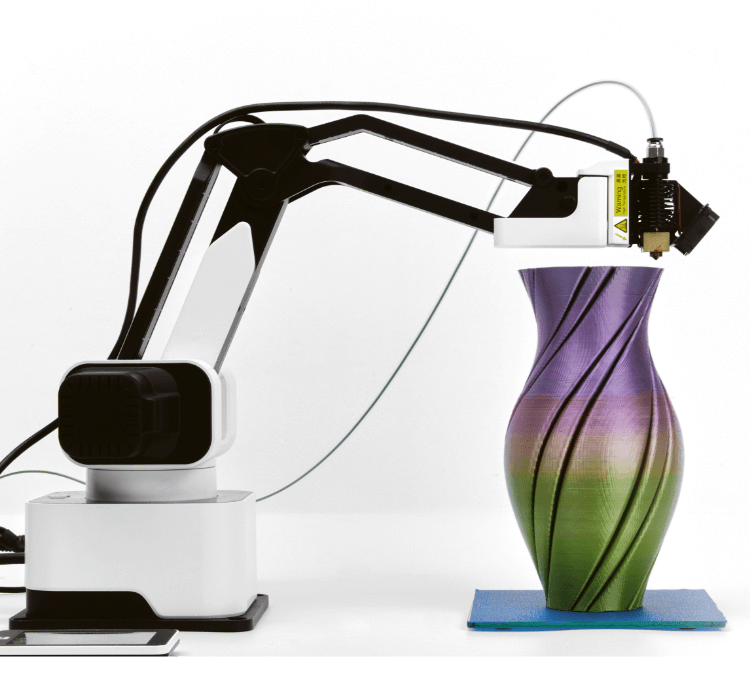
„Seine Präzision sowie die Mischung aus Innovation und Technologie machen unseren neuen DexArm zum einzigartigen und vielseitigen Roboter-Arm für jede Branche. Mit ihm lassen sich Ideen so einfach zum Leben erwecken wie nie zuvor. Der DexArm hilft Herstellern auf einfachste Weise beim Zeichnen, Schreiben, Lasergravieren und 3D-Drucken. Seine größte Stärke ist seine Vielseitigkeit. Durch den modularen Aufbau bietet er für jede Branche passgenau die benötigten Funktionen“, erklärt Wang Yong Xu, CEO von Rotrics.
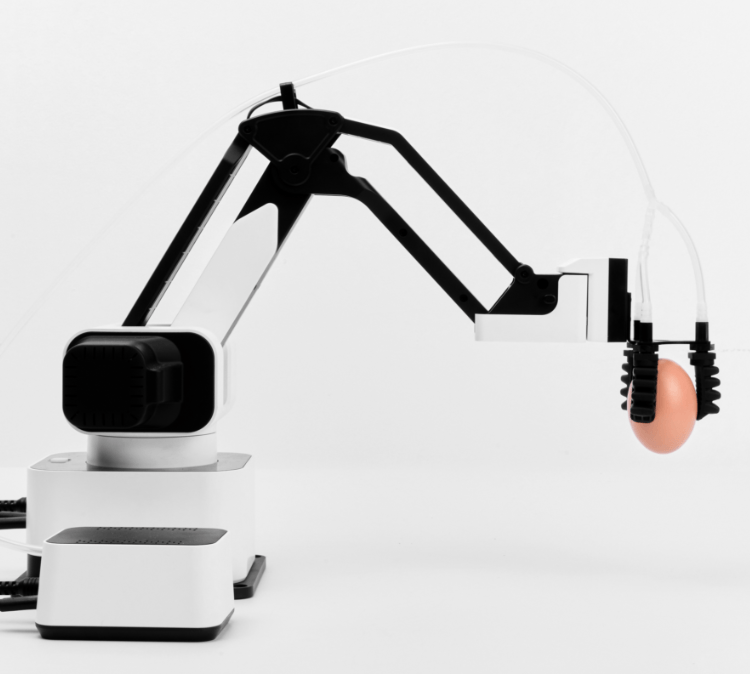
Preise und Verfügbarkeit
Ab heute ist das Rotrics DexArm Luxury Kit zum Sonderpreis unter https://www.mybotshop.de/navi.php?qs=Rotrics erhältlich.
Über Rotrics
Rotrics (eine Marke der Shenzhen Saiwenbote Intelligent Technology Co., Ltd.) ist ein Technik-Start-up mit Sitz in Shenzen, China. Das Team besteht aus engagierten Ingenieuren und Designern, die über umfangreiche Erfahrung in den Bereichen Robotik, Open-Source-Hardware, Industriedesign und 3DDruck verfügen. Die Gründer von Rotrics wollten verstehen, wie Schüler mit Robotern spielen und lernen, um so die nächste Generation fit für die digitale Zukunft zu machen. Lernen ist seit jeher Teil unserer Unternehmensphilosophie. Deshalb entwickeln wir inspirierende, fesselnde und effektive Lösungen für Schüler und Robotik-Fans, die die Art des Lernens verändern. Produkte zu entwickeln, die unseren Kunden helfen und ihre Ideen zum Leben erwecken, ist unsere Leidenschaft.
